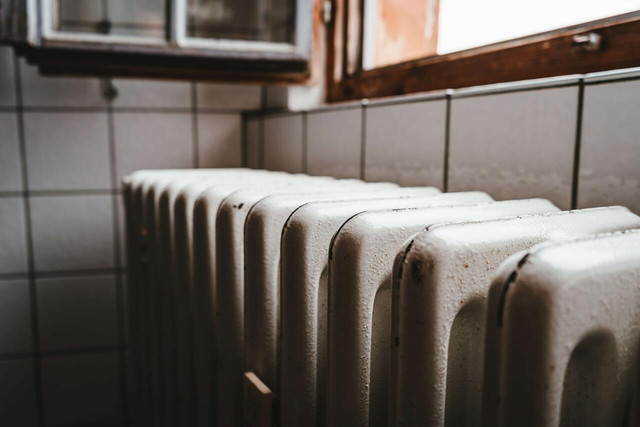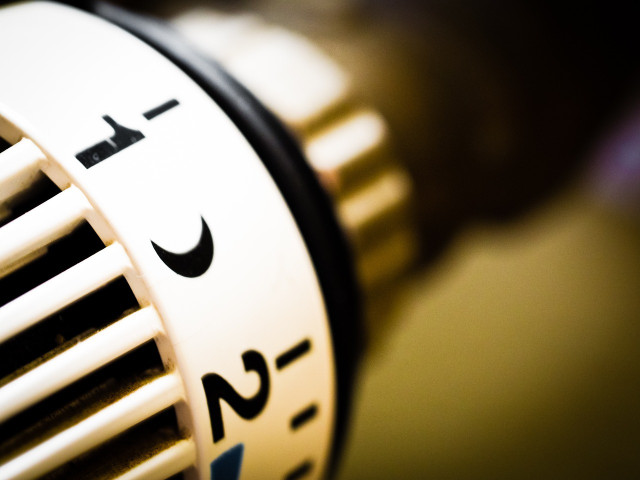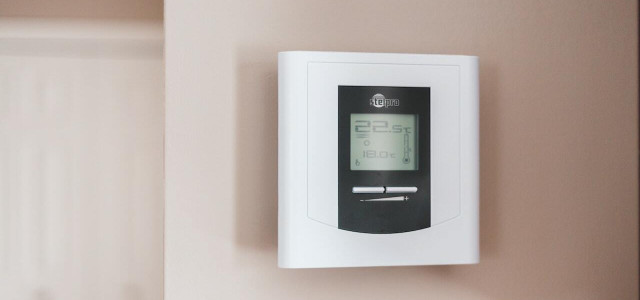This handy guide explains how to bleed a radiator and gives you a better understanding of why the practice is a good idea for you and your home.
In colder climates, radiators are often used throughout the colder seasons of the year. They heat our homes and help to keep us warm, however, they don’t always run as efficiently as they could.
Sometimes, you may find that your radiator isn’t heating up properly, and may even be cold on the top. This could be a sign that your radiator needs bleeding. If you don’t bleed your radiator, it may cost you more in the long run. If you’re not getting the optimum amount of heat that you need to comfortably heat your home, it causes you to spend more money to heat it sufficiently.
Bleeding your radiator will help to resolve this problem and be more energy efficient – better for both your pockets and the planet. It will also help you to get rid of any air pockets in your radiator that are preventing hot water from circulating around your system efficiently.
If you’re unsure where to start, don’t worry. Below, we’ll show you how to bleed your radiator, and how to identify if and when it is necessary.
How to Identify if Your Radiator Needs Bleeding



(Foto: CC0 Public Domain / Unsplash - Julian Hochgesang)
How do you know if your radiator needs bleeding? It’s a very easy problem to identify.
To check if your radiator needs bleeding, you need to check its temperature in different areas. You should feel for cold patches at the top, and warm at the bottom. If it is indeed cold or lukewarm at the top and hot toward the bottom, then your radiator probably needs bleeding. This is one of the easiest ways to identify the problem.
Other indicators include:
- Your entire radiator is cold
- Gurgling or rattling sound when you turn your radiator on
- May take longer than usual to heat up
- Damp patches indicative of cold areas
Once you have identified if your radiator needs bleeding, you can move on to the next step. Below, we’ll show you how to bleed a radiator.
How to Bleed a Radiator Step-by-Step



(Foto: CC0 / Pixabay / TBIT)
Bleeding a radiator is fairly straightforward and should only take a few seconds. All you need is a radiator bleed key, or alternatively a flathead screwdriver. You will also need a cloth or jug to catch any water that escapes. Make sure your central heating is turned off and your radiators are cool before you begin. Follow the steps below:
- Locate the bleeder valve. It is round and has a square section in the middle with two notches, and should be located at the top of the radiator at either end.
- Insert your radiator key or screwdriver into the bleed valve and place a cloth or jug underneath to catch any water.
- Twist in an anti-clockwise motion until you hear a hissing sound (which is the air escaping).
- Close the valve when water begins to leak from the valve. To do this, turn your bleed key or screwdriver clockwise.
- Check if your radiators are working correctly. They should heat up all the way through.
Bleeding your radiators should help to solve the problem the first time around. You should check your radiators regularly to see if such a procedure needs to be performed. Not only will this allow you to fix the problem quickly, but it will also help to save you money and cut down on your energy usage, as you won’t be running your radiators non-efficiently.
In some cases, you may find that bleeding your radiator does not fix the problem. If the issue persists, you may need to have your radiators drained and flushed. This process helps to clean out magnetite from your heating system. However, it is important to note that this procedure should always be performed by a professional.
Read more:
- Are Space Heaters Energy Efficient?
- 8 Tips on How To Keep Your Feet Warm This Winter
- How to Cool a Room Without AC: The 7 Best Tips
Do you like this post?








